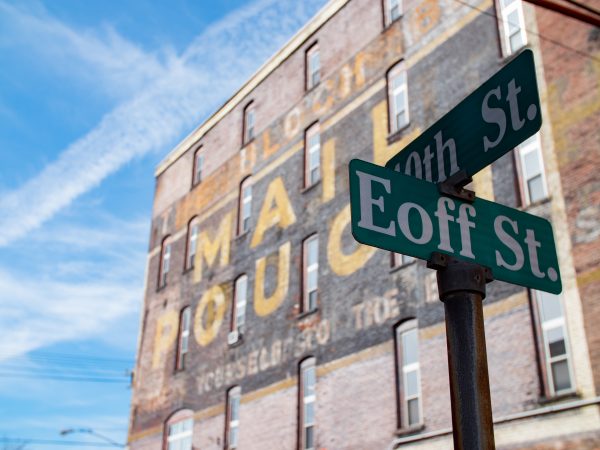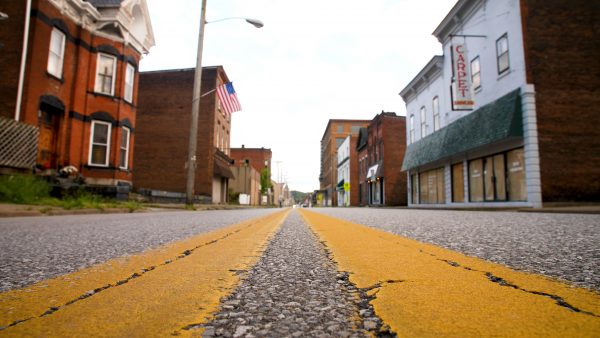South Wheeling is exceptional according to several metrics of historic preservation; most notably, it represents the industrial, civic and commercial development of Wheeling during the 19th and 20th centuries. The neighborhood, which was home to a diverse immigrant population, formed around these major areas of industry. Housing for the employees of these industries developed around the plants, and civic, commercial and religious institutions were established to service those populations.
Recognizing South Wheeling is an important step in understanding the labor and immigrant experience, and how that fits in to the broader patterns of American history.
“South Wheeling as a historic district is important because it showcases the industrial and vernacular architecture of Wheeling,” said Betsy Sweeny, historic preservation program manager at Wheeling Heritage.
“For much of history, these spaces have been overlooked, with more attention being given to high-style architecture, but human history is not limited to high-style. South Wheeling is home to many of the industries that built this city and the people that worked in those factories.”
Wheeling Heritage and the Wheeling Historic Landmarks Commission oversaw this project, which was funded by a grant from the West Virginia State Historic Preservation Office. The additional costs are funded by Wheeling Heritage. Centre Wheeling’s Heritage Architectural Associates prepared the nomination.
 Historic Preservation Specialist Debbie Griffin, who did much of the research and writing for Heritage Architectural Associates commented, “South Wheeling is an unrecognized gem. Like many, I drove through the area many times, without ever paying much attention to the built environment. The neighborhood has a really fascinating history and lots of historic fabric, although some have been lost to the effects of de-industrialization. I hope this recognition will cause people to come to South Wheeling and learn more about this neighborhood and the important role it played in the prosperity of Wheeling in the late 19th and early 20th centuries.”
Historic Preservation Specialist Debbie Griffin, who did much of the research and writing for Heritage Architectural Associates commented, “South Wheeling is an unrecognized gem. Like many, I drove through the area many times, without ever paying much attention to the built environment. The neighborhood has a really fascinating history and lots of historic fabric, although some have been lost to the effects of de-industrialization. I hope this recognition will cause people to come to South Wheeling and learn more about this neighborhood and the important role it played in the prosperity of Wheeling in the late 19th and early 20th centuries.”
The designation is also important because it makes certain incentives available to historic buildings within the district. Historic Tax Credits and preservation grants are two of the most valuable resources for contributing buildings.
Listing on the National Register does not put limitations on property owners in any way, although this is a common misconception, Sweeny explained. It simply gives properties recognition while also making these incentives available.
“There are some real gems in South Wheeling that, like most historic properties, require additional funding to help with revitalization,” Sweeny said. “With this designation, many property owners in South Wheeling will be able to utilize the same incentives as other successful projects in Wheeling, like Boury Lofts or the Stone Center.”
While these incentives are catalytic for many prospective developers, they are not simple. Wheeling Heritage provides technical assistance to individuals at every step in the process of redeveloping a historic property.
For more information about grants, tax credits or the general significance of the South Wheeling Historic District, individuals are encouraged to contact Sweeny at Wheeling Heritage. Those interested in reading the full nomination can find it here.




